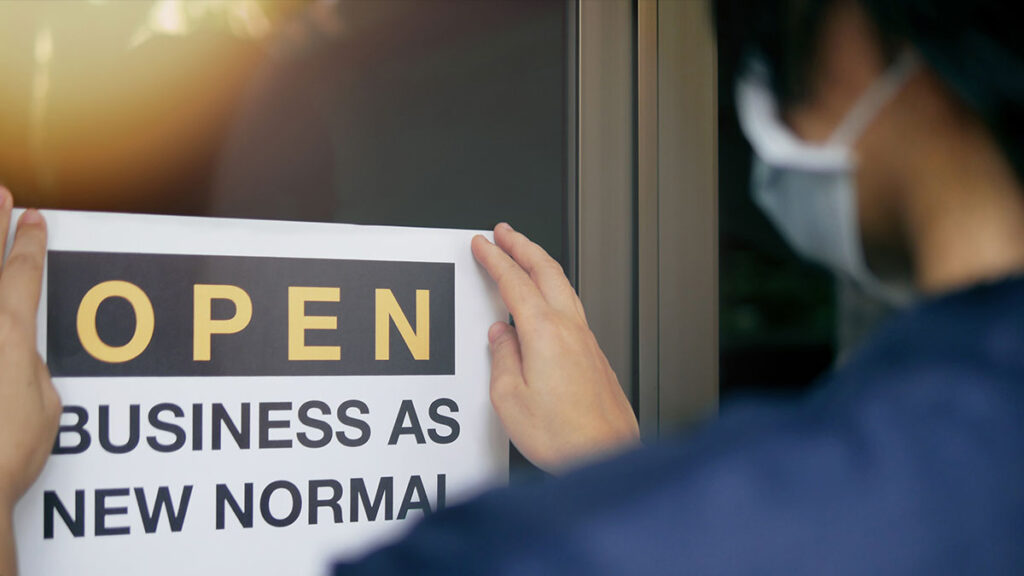Most manufacturers attempted to maintain production levels and anticipate returning to the “old normal”. The increased costs for seeking alternative suppliers or higher shipping costs were often reflected in the price passed along to the customers.
Manufacturers are forced to adapt to the new reality of a volatile market
Over a year into the pandemic, the continuing global uncertainty proves that a return to pre-Covid times seems unlikely. Manufacturers are forced to adapt to the new reality of a volatile market. The survival of companies would now be linked to how well they can adapt their production lines to suit evolving demand.
How Industry 4.0 Can Impact Your Business
As the impact of Covid-19 continues to wane, more profound and complex issues have come to light. Growing concerns of the post-pandemic situation became noticeable with the volatility of the market. Being a crucial part of the supply chain, manufacturers need to address fluctuations and uncertainty through digitalization. According to a survey from McKinsey, 39% of industry leaders are enhancing industry 4.0 technologies by implementing a control tower approach to increase end-to-end visibility within their supply chain.
1. Optimization
Automation, advanced manufacturing technologies, and data digitization are cornerstones to optimize internal business operations to increase time and cost-efficiency. However, gaining visibility within the supply chain allows for predictive planning and the flexibility to respond to the volatile market.
2. Dynamic Management
Traditional forecasting relies on statistical tools and a divided team, addressing demand forecasting, production planning, and sales and operation planning separately. COVID-19 forced the industry to end traditional workflows, as reliable production management can now only work dynamically using AI, machine learning, and data streamlining.
3. Advanced Technology
Incorporating modern technologies allows manufacturers to enhance the entire value chain and react to changing demands and customer needs through advanced analytical tools and real-time data.
Zara As An Inspiration — Post-Pandemic Future of Manufacturing
One of the most resilient companies within the crisis was the fashion retailer Zara. Zara’s highly responsive supply chain is the main reason for its business success. Even during the pandemic, Zara withstood supply chain disruption while many of its competitors were hit strongly by the crises. Pablo Isla, the chairman of Zara’s parent company Inditex, explained that the company’s proximity sourcing, and a highly optimized supply chain handled the crisis successfully.
Zara carries 11,000 different items to thousands of its stores worldwide. The center point of the company is the so-called “Cube,” a highly automated distribution center from where all operations are managed. The strategic positioning of the stores close to town centers and short production runs has resulted in lesser excess of inventory. The company stipulates inventory turns 12 times a year and order placement twice a week, resulting in shorter order cycles that enables a very accurate forecast.





